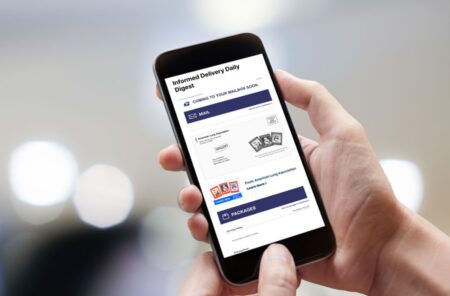Creating a calendar in Google Sheets can be a useful way to organize your schedule, plan events, or track activities. Here’s a step-by-step guide to create a calendar in google sheets:
Steps to Create a Calendar in Google Sheets:
Open Google Sheets: Start by opening a new spreadsheet in Google Sheets.
Set Up the Days of the Week:
- In first row go to enter the days of the week. For example, in cells A1 to G1, enter Sunday, Monday, Tuesday, Wednesday, Thursday, Friday, and Saturday.
Enter the Dates:
- Determine the month and year you want to create the calendar for.
- Start entering the dates according to the days. For example, if the 1st of the month falls on a Wednesday, start by entering 1 in cell D2.
- Continue filling in the dates in sequential order, moving to the next row after Saturday.
Adjust Row Heights and Column Widths:
- Adjust the heights of the rows and widths of the columns to make the calendar look even and tidy.
Formatting:
- You can format the cells with different colors, borders, or font styles to differentiate weekends or important dates.
- Use the fill color tool to highlight headers or specific days.
- Use the border tool to create distinct boxes for each day.
Adding Details:
- You can type your appointments, events, or notes directly into the corresponding cells.
- If you need more space for notes, you can merge cells below each date.
Customization:
- Feel free to add additional rows or columns for extra notes, reminders, or to-do lists.
- You can also use conditional formatting to automatically highlight certain dates or events.
Save and Share:
- Name your sheet appropriately and save it.
- You can share your calendar with others via Google Sheets’ sharing features.
Example for May 2024:
I’ve generated an example of how the dates would be laid out for May 2024:
- Week 1: [0, 0, 1, 2, 3, 4, 5]
- Week 3: [13, 14, 15, 16, 17, 18, 19]
- Week 4: [20, 21, 22, 23, 24, 25, 26]
- Week 5: [27, 28, 29, 30, 31, 0, 0]
The 0 represents days from the previous or next month and can be left blank or filled in accordingly.
This basic structure can be a starting point, and you can get more creative and detailed as per your needs. For example, you can incorporate Google Sheets‘ various functionalities like drop-down lists, checkboxes, or even link to other sheets for more detailed event planning.


